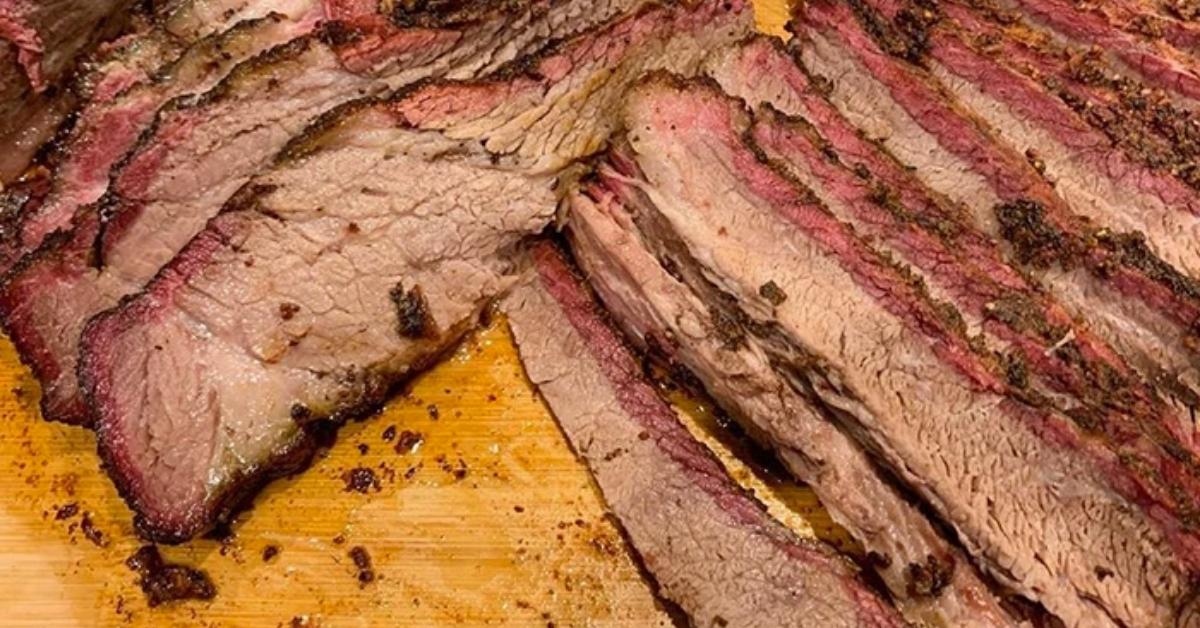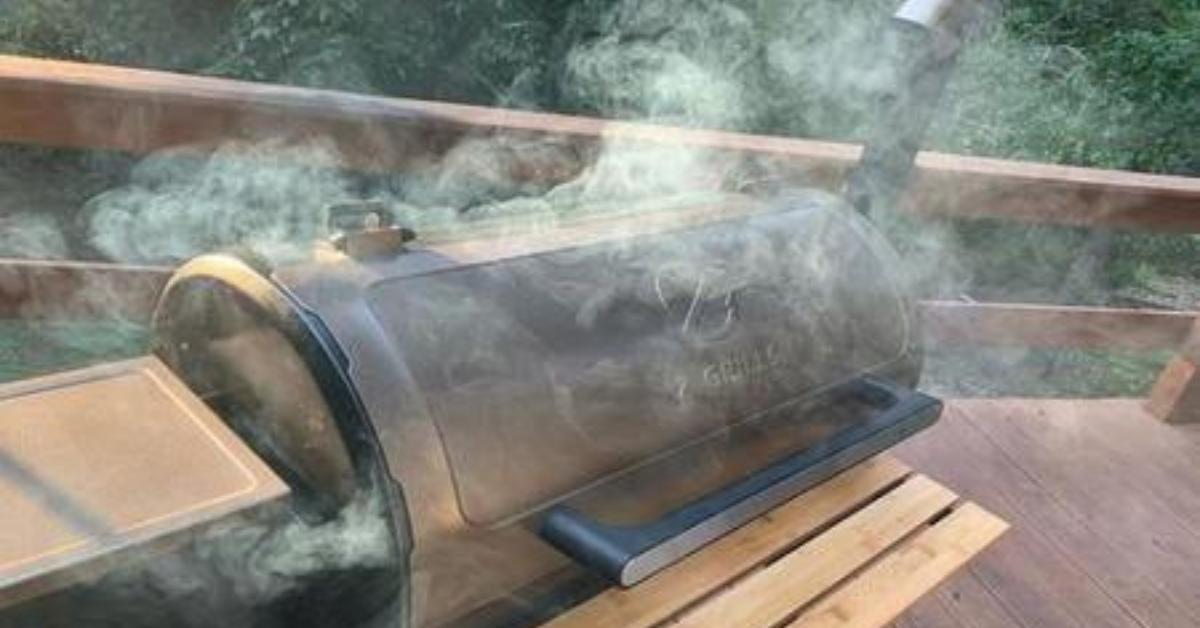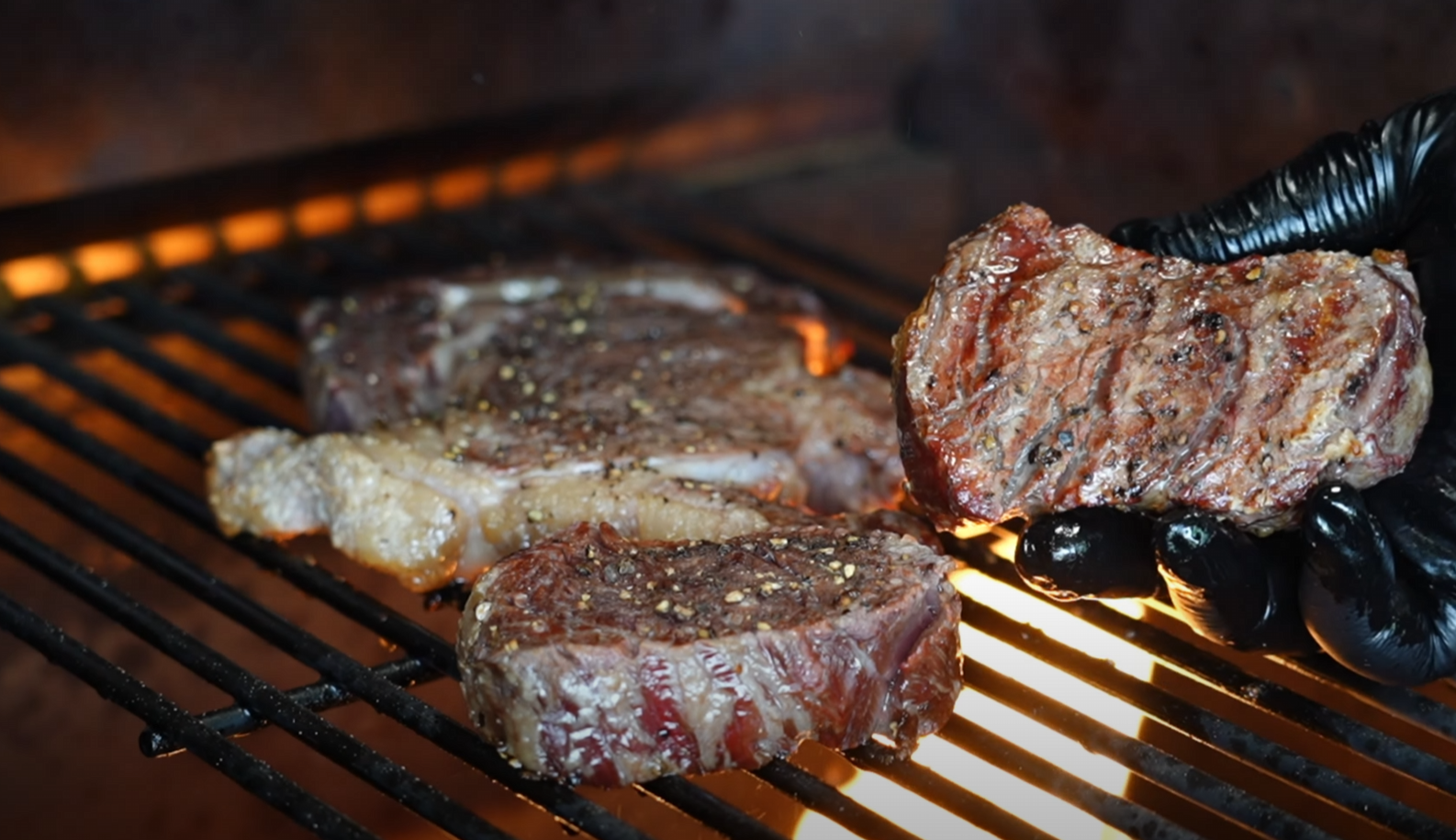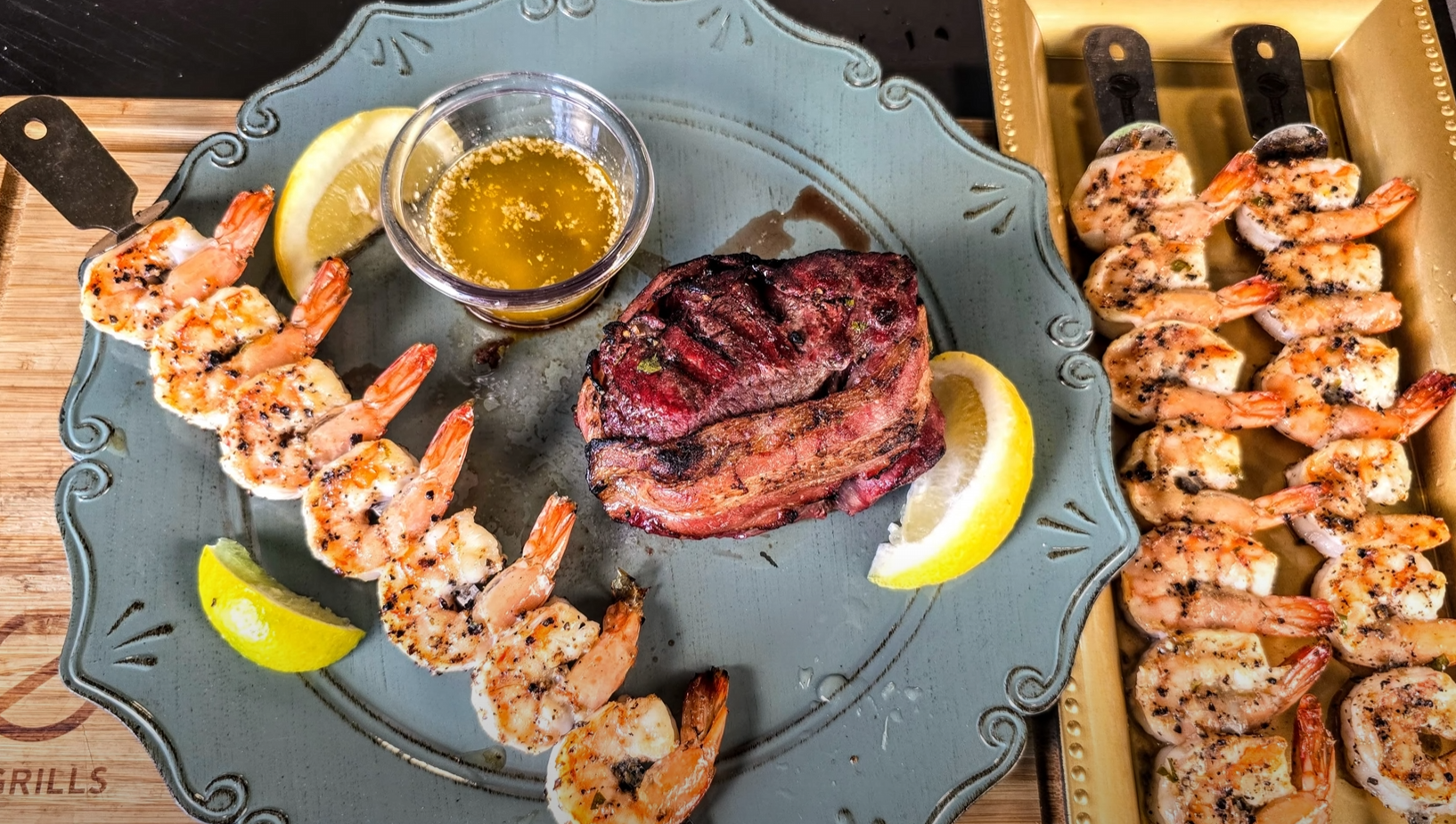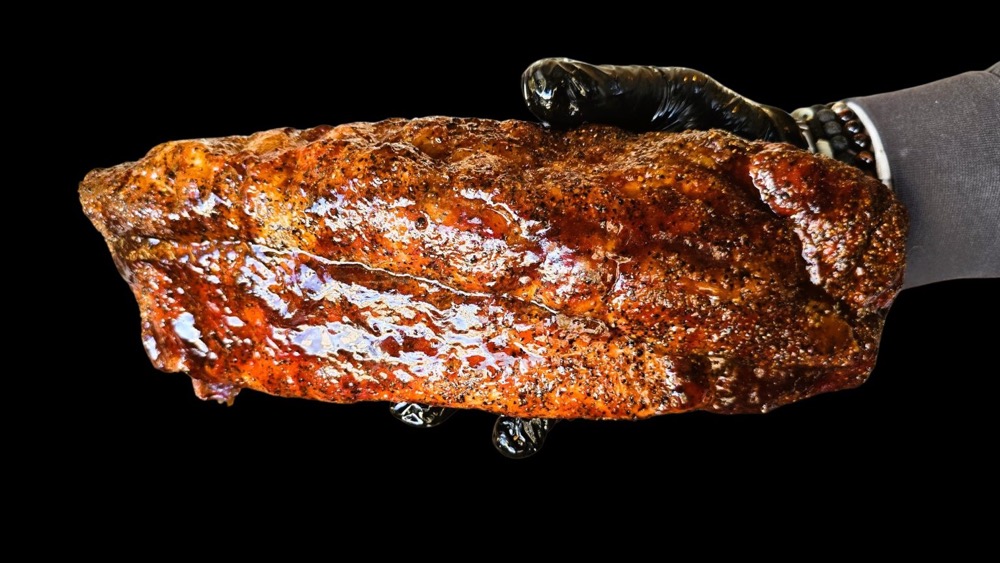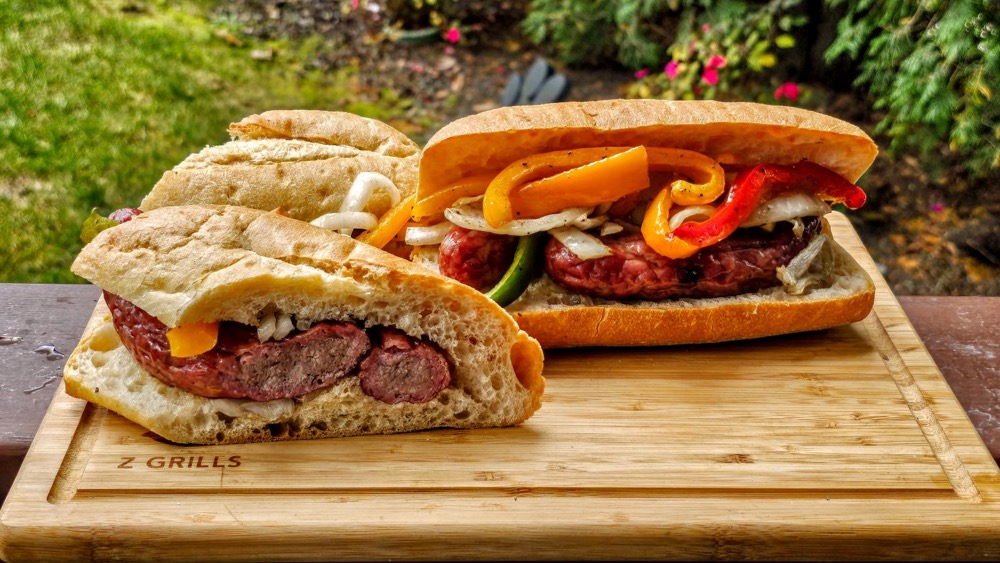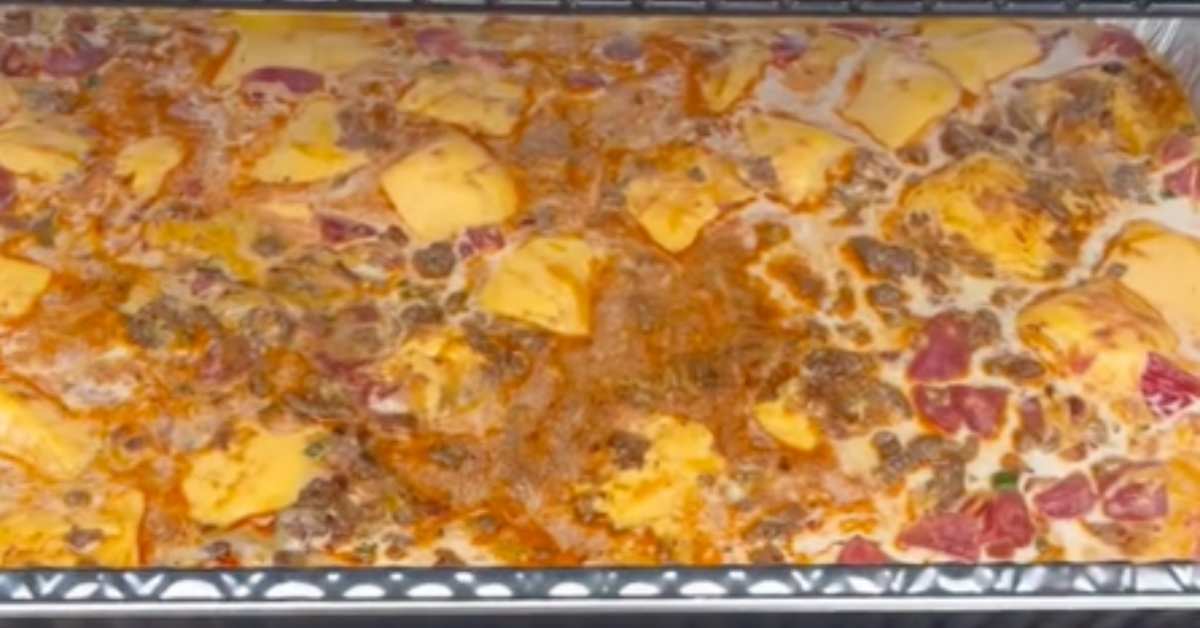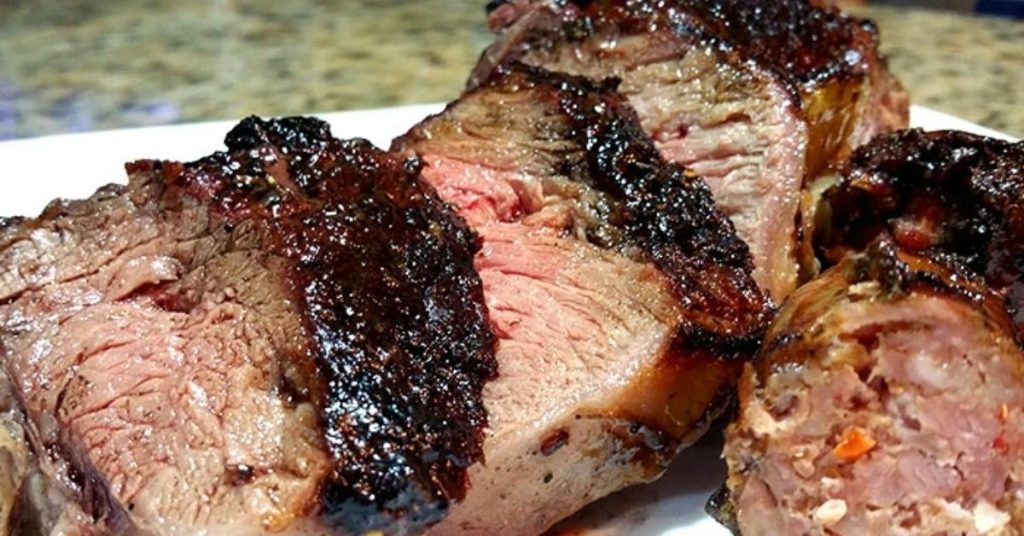
Summer is just around the corner and for a lot of us, that means barbecue time. There is something special about getting barbecue just right – when you do, all your senses are rewarded. From the sound of the fire crackling away and the smell of the meat as it is lifted off the pit to the sight of that smoke ring as you cut into the meat and watch as the flesh falls apart decadently, for BBQ aficionados, it can be likened to a spiritual experience.
As the saying goes “the proof is in the tasting” and that is what rounds off the whole experience – biting into your hunk of flesh and taking in the rich, blackened bark along with that delicate soft meat. Barbecues are won and lost on the quality of the bark alone.
You may wonder, then, how you get the best bark. That’s what we’re going to look at in the following post.
Table of Contents
What is BBQ Bark?
First things first, if you are a complete newbie to barbecuing like a pro, you probably don’t know what bark is. The bark is a thick and delicious crust that forms around your smoked meat thanks to very complicated chemical reactions.
Basically, the outside of the piece of meat you are cooking comes into contact with oxygen and heat, the bark is formed. When it is also exposed to smoke, but not excessive amounts, it develops that very deep and dark, almost-licorice color.
A more technical way of explaining what happens is called the Maillard reaction. As the meat is cooked, the surface dries out and the proteins start binding together and creating polymers. This creates a hard layer on top of the meat, known as the pellicle. When you use a special rub for your barbecue, this creates a layer of crust on top of the pellicle, which is your bark.
Quick Tips and Tricks to Get a Good Bark
Now you have a better idea of how the bark is formed; you will probably want to know more about what you can do to the meat and specifically that outer layer to encourage the best and tastiest bark to develop. Several different factors contribute to a good bark. These factors are:
- Seasoning/Spice Rub
- Temperature
- Smoke
- Moisture
- Fat Content
Now let’s look at all these elements individually.
Seasoning/Spice Rub
The ingredients you choose for your BBQ meat rub play more than just a flavor-enhancing role. The ingredients that are fat or water-soluble have vital roles in the formation of good bark.
While smoking your meat in a smoker, ingredients like sugar and salt in the rub, the water-soluble ingredients dissolve either in the smoke’s moisture or the meat’s own moisture. The molecules of dissolved salt start to penetrate into the meat.
While the undissolved rub ingredients stay on the top of the meat and start to create a glaze. During the cooking process, the fats render and as that happens, the fat-soluble rub ingredients then start to dissolve.
Now the glaze, containing the ingredients that dissolved, in combination with any spices and herbs that still haven’t dissolved, forms a very pasty kind of substance across the top of the meat.
As the meat continues to cook, the pellicle develops and the ingredients on top dry out and create a spice crust. Ta-da – that’s the bark.
Temperature
You may need a smart wireless bbq thermometer. Temperature control is one of the keys to barbecuing success and creating a tasty bark. Many people make the mistake of going too high or too low. If you are cooking your meat on a pellet grill and the temperature is too high, the meat will simply char unappealingly, whereas if the temperature is too low, no bark will actually ever develop. Check out our article on how to determine pellet smoker cooking temperature and time.
The golden temperature setting for the best bark is around 225 to 250-degrees Fahrenheit. A curious thing happens halfway through the cook when the moisture begins to evaporate and cools the meat down, which in turn, slows down the cooking. This is referred to as the stall.
Once enough moisture has left the meat through evaporation, the rub starts to dry out and causes the start of the aforementioned Maillard reaction.
Recommended reading: How to determine pellet smoker cooking temperature and time?
Smoke
Smoke is another hugely important factor involved in the creation of your bark. We’ve already noted that the darkness of your meat is determined by how much exposure to smoke it is given.
Moisture
For the bark to form, some moisture needs to be present to help the water-soluble ingredients of your rub dissolve. Moisture that is natural to the smoke and the meat itself is usually enough to help make this happen.
Therefore, contrary to what a lot of people believe, you don’t really need to continually baste the meat during the cooking process. This may actually have the opposite effect because the surface needs to dry out for the Maillard reaction to happen, and if there is too much moisture this will not happen.
Fat Content
Just as we said that you need to be balanced when it comes to the temperature you cook and smoke your meat at, you need to also be balanced when it comes to fat content to create the best bark. It is not just simply the greater the amount of fat, the better the bark.
Yes, fat is important for creating bark, like the fat-soluble ingredients of the rub dissolve and retain the spices, forming that desirable crust. However, if there is too much fat, the pellicle may not form properly by stopping the proteins in the meat’s surface from making the necessary contact with oxygen and heat.
To avoid this from happening, then, it is best to get rid of the excess fat and leave just enough for rendering and that glaze that the dissolved sugar and salt, the smoke, and the spices will cling to.
Summary
To summarize, the key to getting bark on your meat is simple –
You need to ensure that your rub contains a good selection of fat and water-soluble ingredients that are combined with non-soluble ingredients like spices to help form the glaze and the pellicle, remembering that there needs to be a balance with regards to the amount of fat, the temperature, the smoke, and the moisture.
When you keep all these factors in mind and use a Z Grills pellet grill to barbecue the meat of your choice, you will always produce a mouth-watering bark.
What’s your favorite bark tip? Let us know in the comment section below!



